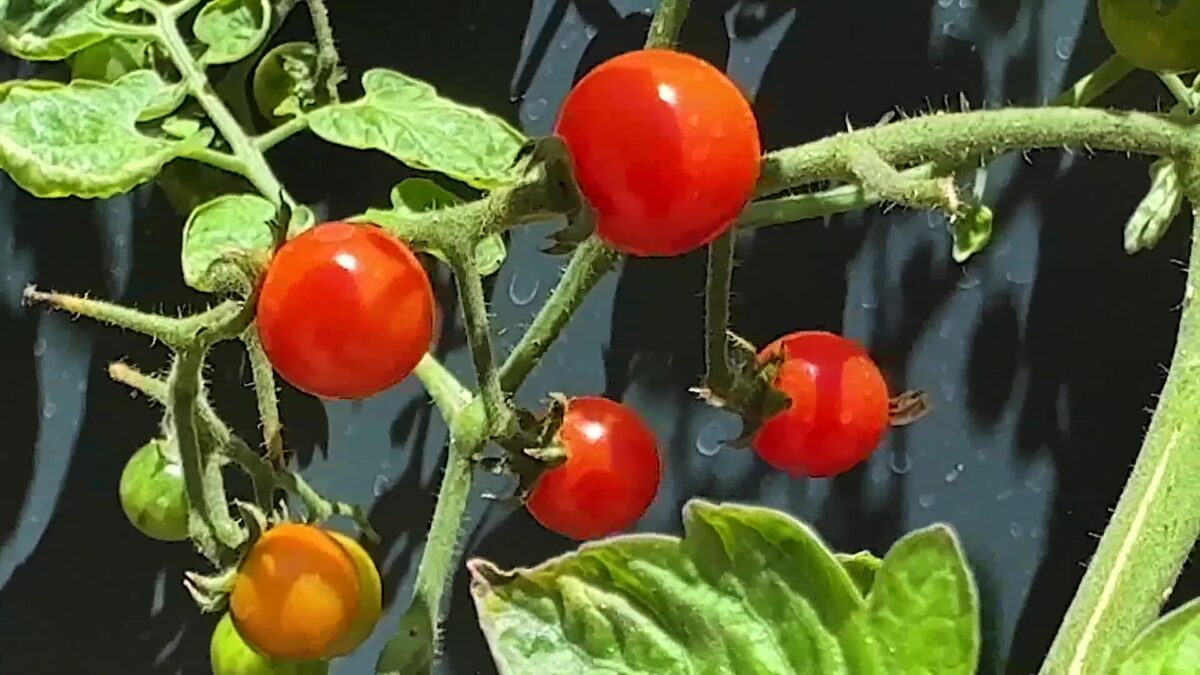Santa Barbara County projects Major Food Cuts to SNAP and USDA Support due to “Big Beautiful Bill”

Patricia Martellotti
GOLETA, Calif. – Federal cuts are hitting home and hard for those in need of food here in Santa Barbara County.
The Foodbank of Santa Barbara County is taking a major hit as a result of the federal budget known as the Big Beautiful Bill.
“That was included nearly $200 billion in cuts to SNAP,” said grants manager Hannah Ryckman of the Foodbank of Santa Barbara County.
As the nation’s largest hunger support program, these cuts has managers at the foodbank on edge.
“We are nervous for our neighbors … that this is going to deeply impact them,” said Ryckman.
In addition to SNAP, the cuts are impacting the USDA Food Distributions.
This means fewer dollars for struggling families, and fewer food deliveries for local food banks.
“My main concern is neighbors will not get the support they need and they’re going to have to decided between utilities and food or medicine and food and make some hard and possible choices,” said Ryckman.
Right now the foodbank is turning to key partners to help address the rising demands of their services.
“Really strengthen those relationships we serve over 2,000 nonprofits in the county so there are key partnerships that we want to strengthen,” said director of development Greg Mora of the Foodbank of Santa Barbara County.
“My hope is we will be able to raise awareness and advocate for our neighbors and programs and policies that help them because they do impact us,” said Rickman.
According to the USDA, the cuts are part of broader federal belt-tightening.
But for people on the ground here in Santa Barbara, it’s a matter of hunger and health.
The foodbank encourages the community to learn more and help support these programs.
From the Santa Barbara County Foodbank:
Drastic Cuts to SNAP and USDA Support Will Deepen Food Insecurity in Santa Barbara County Foodbank of Santa Barbara County braces for a surge in need as a local safety net is stretched thin. Santa Barbara County, CA — On July 3, 2025, the “Big Beautiful Bill” was signed into law, enacting deep federal funding reductions—including approximately $295 billion in cuts to SNAP (Supplemental Nutrition Assistance Program) and $863 billion from Medicaid over the next decade. These programs help stabilize low-income households and protect long-term community health. The legislation follows drastic cuts to USDA commodity food support, which had previously provided substantial food resources to food banks nationwide.
In Santa Barbara County, more than 55,000 residents, including over 22,000 children, currently rely on SNAP benefits. With these changes, thousands of households stand to lose access to this essential food assistance. The Foodbank of Santa Barbara County saw a drastic increase in need when pandemic-era SNAP allotments were eliminated in Fiscal Year 2023; the number of neighbors served by the Foodbank increased by more than 40% that year.
Pairing cuts from SNAP and Medicaid with a record-high cost of living and USDA food cuts in Santa Barbara County, which holds second place in California poverty rates, means that hunger and food insecurity rates locally will skyrocket.
“Together, these cuts represent over $ 1 Trillion of cuts to services for the poorest members of our communities and will lead directly to pushing even more families and older adults into food insecurity,” said Erik Talkin, CEO.
Despite the challenges, the Foodbank of Santa Barbara County is not backing down. The organization is responding by strengthening its core programs, streamlining internal resources, and leveraging trusted partnerships to meet rising demand without sacrificing impact.
Programs like Farm to Foodbank are helping to close the gap. This innovative new program sources produce directly from local, small-scale farms and puts it in the hands of those who need it most. This keeps fresh food in the region, supports local farmers, and ensures access to nutritious food.
The Foodbank also collaborates with more than 200 partner agencies to ensure food reaches every part of the county. Mobile distributions, community-based pickups, and nutrition education initiatives are strategically aligned to serve neighbors more efficiently.
These efforts already support more than 215,000 people annually, and with the anticipated rise in need, the Foodbank is focused on doing more with its resources.
“We have the relationships, the infrastructure, and the will to meet this challenge,” said Laurel Alcantar, Director of Marketing. “But we need the continued support of our community to sustain this work.”
The Foodbank encourages all community members to learn more and help support these programs. Support through donations makes it possible to source and deliver fresh, healthy food throughout the county. Volunteers also play a vital role in ensuring food is packed, sorted, and distributed efficiently. Spreading awareness is another key way to help ensure everyone understands the reality of rising needs.To learn more or get involved, visitwww.foodbanksbc.org (https://url.us.m.mimecastprotect.com/s/zlzhC5yXGQcwAqp3COhZik_fYp?domain=foodbanksbc.org/)
The Latest Breaking News, Weather Alerts, Sports and More Anytime On Our Mobile Apps. Keep Up With the Latest Articles by Signing Up for the News Channel 3-12 Newsletter.